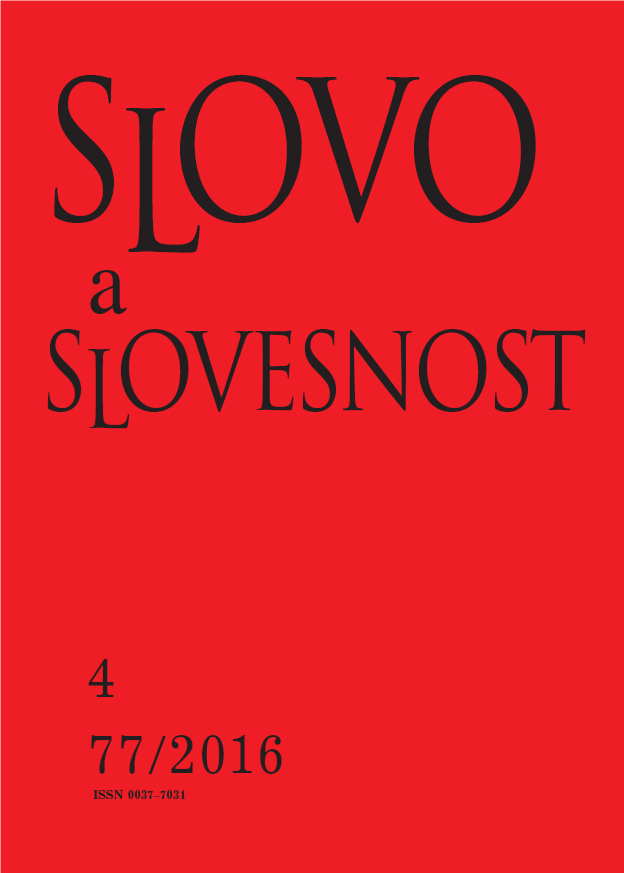Pozdrav v indoevropském areálu (původ, motivace, funkce)
Greetings in the Indo-European area (origin, motivation, function)
Author(s): Helena KarlíkováSubject(s): Language studies
Published by: AV ČR - Akademie věd České republiky - Ústav pro jazyk český
Keywords: Indo-European; greetings; etymology; semantics
Summary/Abstract: The goal of this contribution is to show to what extent (if at all) the inventory of lexical means used for expressing contemporary greetings is a reflection of ancient formulas found in texts of the old IE languages, and what the meaning of greetings was in the past. It is generally assumed that the symbolism of greetings stems from the superstitious fear of the absolute dependence on supernatural phenomena, on gods having unlimited power over humans. This principle of subordination of the weak to the strong, in fact, has held true since Antiquity, throughout the Middle Ages, and up to the present day (today this principle is hidden in the rules of etiquette); the only thing that has changed is the model of the strong and the weak, reflecting changes in society. The paper also devotes attention to the origin and motivation of the oldest greeting formulas found both in Greek and Latin texts and in the Old and the New Testament. They are placed into wider lexical-semantic relationships, and their equivalents or continuations are sought in contemporary languages.
Journal: Slovo a slovesnost
- Issue Year: 77/2016
- Issue No: 4
- Page Range: 337-353
- Page Count: 17
- Language: Czech

